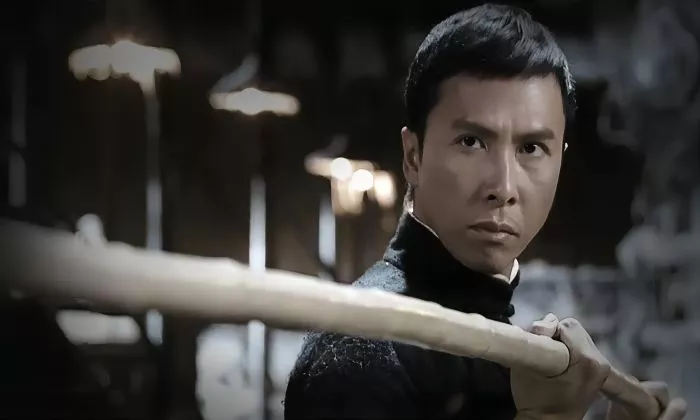Comparative Analysis of Ip Man 1 and Ip Man 2
The Ip Man film series has captivated audiences worldwide with its portrayal of the legendary Wing Chun master, Ip Man. Directed by Wilson Yip and starring Donnie Yen in the titular role, the series has garnered critical acclaim and a dedicated fan base. In this article, we will undertake a comprehensive comparison of the first two installments of the franchise, Ip Man and Ip Man 2, to determine which film stands out as the superior entry.
Plot and Storyline
Ip Man introduces audiences to the titular character and delves into his life during the Japanese occupation of Foshan. The film primarily focuses on Ip Man’s resilience and honor as he navigates the challenges posed by the Japanese invaders. On the other hand, Ip Man 2 shifts its setting to post-war Hong Kong, where Ip Man must confront the discrimination faced by Chinese martial artists while also taking on a formidable British boxer.
Character Development
In Ip Man, the character of Ip Man is portrayed as a stoic and virtuous martial artist deeply committed to his principles. As the film progresses, audiences witness his unwavering dedication to preserving the integrity of Wing Chun amidst adversity. Ip Man 2 further explores Ip Man’s character, showcasing his evolution from a revered master to a symbol of unity and resistance against oppression.
Action and Fight Scenes
Both films feature meticulously choreographed fight sequences that showcase Donnie Yen’s martial arts prowess. However, Ip Man 2 elevates the intensity with its inclusion of diverse fighting styles, including Wing Chun, Western boxing, and even a thrilling showdown atop a tabletop. The fight scenes in Ip Man 2 are more elaborate and visually dynamic, adding to the film’s entertainment value.
Antagonists
While Ip Man features General Miura as the primary antagonist representing the Japanese occupation forces, Ip Man 2 introduces multiple adversaries, including the formidable British boxer, Twister, and the corrupt martial arts federation led by Jin Shanzhao. The presence of multiple antagonists in Ip Man 2 adds layers of complexity to the conflict, making the stakes higher for Ip Man.
Cultural and Historical Context
Both films provide valuable insights into the socio-political landscape of their respective time periods. Ip Man sheds light on the Japanese occupation of China during World War II, highlighting the resilience of the Chinese people in the face of oppression. In contrast, Ip Man 2 explores the tensions between Chinese and Western cultures in post-war Hong Kong, offering a nuanced portrayal of cultural identity and pride.
Conclusion
In conclusion, while both Ip Man and Ip Man 2 are masterfully crafted films that have left an indelible mark on the martial arts genre, Ip Man 2 emerges as the superior entry. With its compelling storyline, dynamic action sequences, and nuanced exploration of cultural themes, Ip Man 2 surpasses its predecessor in terms of entertainment value and thematic depth. However, it is essential to acknowledge the significant contributions of both films to the enduring legacy of the Ip Man franchise and the martial arts genre as a whole.
https://www.rnada.com/archives/12561
https://www.rnada.com/archives/12557
https://www.rnada.com/archives/12553

